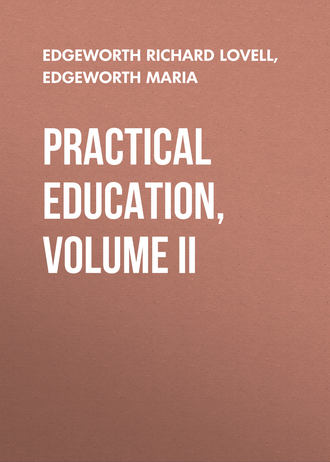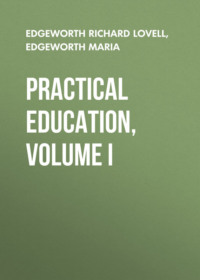Practical Education, Volume II
 полная версия
полная версияPractical Education, Volume II
Жанр: учебная и научная литературазарубежная классиказарубежная старинная литературазарубежная образовательная литературапрочая образовательная литературазнания и навыки
Язык: Английский
Год издания: 2017
Добавлена:
Настройки чтения
Размер шрифта
Высота строк
Поля






